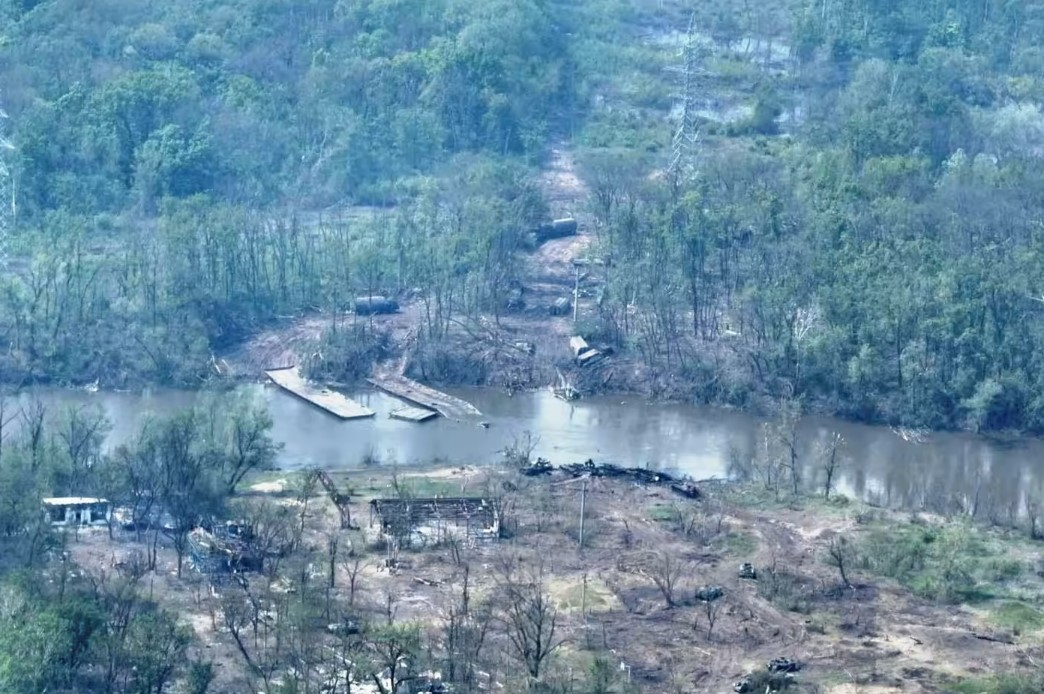The war in Ukraine has caused serious disruption to the global timber trade and increased concerns over forest destruction as exports are interrupted, environmental protections are lifted and Kyiv redirects manpower away from fighting wildfires to the front line.
International sanctions imposed over Moscow’s invasion of Ukraine have curbed supplies from Russia, the world’s largest exporter of softwood timber, and Belarus, while the conflict has severely hampered production in Ukraine.
The three countries accounted for a quarter of the worldwide timber trade last year, according to industry figures. They exported 8.5mn cubic metres of softwood to Europe last year, just under 10 per cent of the region’s demand. Russia, the world’s largest exporter of softwood, alone produces about 40mn cubic metres a year.
Timber producing and exporting nations are taking steps to make up the shortfall, including loosening some environmental protections to increase production.

Soon after February’s invasion, Kyiv lifted a regulation that prohibits logging in protected forests during spring and early summer, as part of a bill to increase the country’s defence capabilities during martial law, partly by boosting export earnings.
Environmental groups fear the decision could lead to large-scale losses in areas where illegal logging and forest mismanagement are already rife.
“All the action is towards the war and weapons, which is obvious,” said Yehor Hrynyk of the Ukrainian Nature Conservation Group. “It’s logical, but the environment is not a priority.”
Ukraine’s environmental protection ministry said earlier this year that the sanctions offered the country the chance to increase its share of the European timber market in Russia’s place and boost financing of postwar reconstruction efforts.
Other exporters including Estonia, Finland and the US are also seeking to increase logging volumes. In the US, the House Committee on Natural Resources in April introduced the No Timber From Tyrants bill, which would ban imports of wood products from Russia and Belarus and authorise an equivalent amount of domestic harvesting in 2021 to make up for lost imports.
Earlier this month Estonia announced a relaxation of logging restrictions on state-owned land, which is home to about half of the country’s forests. As a result, the area of land logged will increase by almost a quarter to 2,400 hectares, said Siim Kuresoo, of the conservation non-profit the Estonian Fund for Nature.
Meanwhile, Finland is expected to boost harvesting volumes by 3 per cent for each of the next two years, according to the Helsinki-based Pellervo Economic Research Institute.
The war is posing a more immediate threat to Ukraine’s forests, with uncontrolled wildfires — some caused by the conflict itself — spreading across woodlands in the frontline Donbas region. Satellite images show clouds of smoke hovering over the forests that skirt the Donets river.
“There is no one to fight them,” said Hrynyk.
Other factors have added to the disruption in the timber market. An outbreak of spruce bark beetle has damaged central European and Alaskan forests, prompting a surge in emergency harvesting to remove infected trees.
The turmoil caused by the war and beetle infestation — and before that by the supply chain disruptions during the Covid-19 pandemic — has been a boon for European sawmills. High timber prices mean that despite inflationary pressures, Finnish groups Stora Enso and UPM-Kymmene this month both raised their outlook for 2022.
Countries looking to increase harvesting sustainably have little room for manoeuvre. Intensive tree-felling has this year for the first time turned Finland’s forests from a carbon sink into a source of emissions, official figures show. A record 76mn cubic metres were felled from Finnish forests in 2021 — 10 per cent more than in the previous year.
At the COP26 summit in Glasgow last year, more than 100 world leaders pledged to halt deforestation by 2030. But there has been little guidance on how that commitment will be enforced.
“Quite a number of countries don’t produce the volumes they could, so there would be some level of potential for increase,” said Kim Carstensen, director-general of the Forest Stewardship Council. “But not everywhere and it would certainly need to be watched very carefully.”
Rising demand for renewable energy was also heavily influencing forestry management, said Kuresoo. The majority of Estonian timber is turned into wood pellets to burn as biofuel, he said.
The bioenergy industry has been lobbying the European Commission to maintain subsidies and recognise biofuel as a renewable energy source. But in May the EU’s environment committee voted to revise the renewable energy directive and scale back assistance for biomass projects, which have been popular among investors in the carbon offset market.
The timber industry, meanwhile, is keen to encourage the use of wood as a building material. Industry bodies say reducing the use of concrete and steel could help lower the 10 per cent of global carbon dioxide emissions generated by the construction sector.
But, said Viveka Beckeman, director-general of the Swedish Forest Industries federation: “If we are going to build more sustainably without increasing harvesting volumes, that’s going to be a very hard target to meet.”
Source: Financial Times
